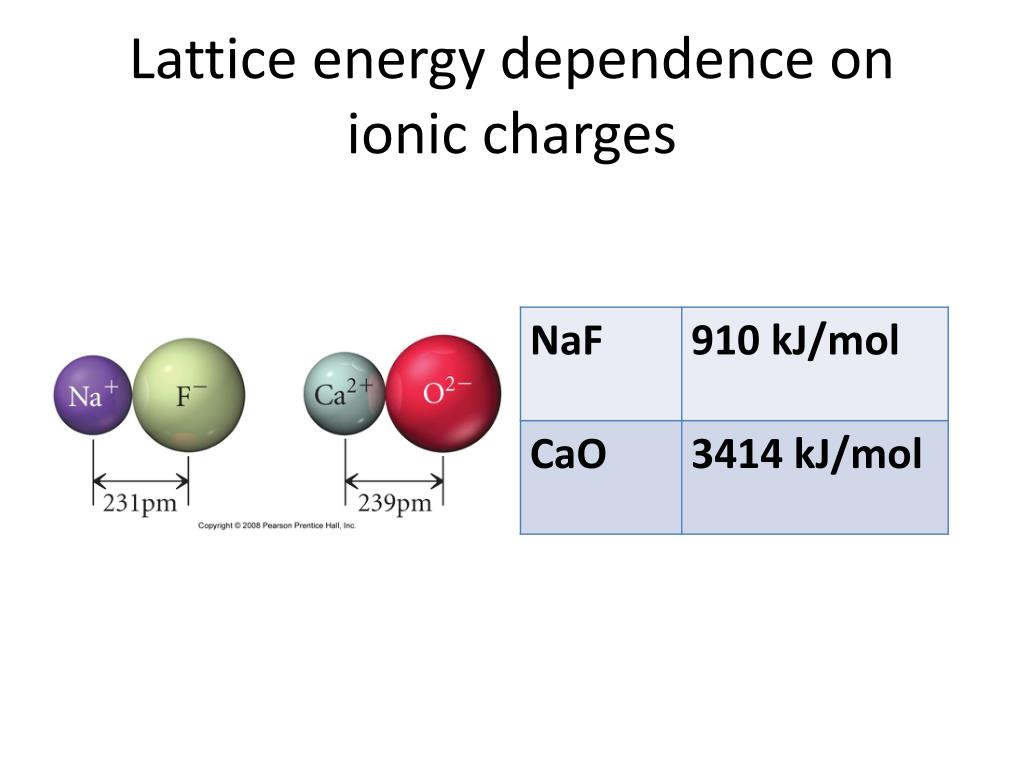

Water splitting can be operated in either acidic or alkaline conditions. Therefore, the OER process governs the overall efficiency of electricity-driven water splitting. Intrinsically, the process of OER involves a four-electron transference, which demands higher energy than the cathodic reaction, i.e., hydrogen evolution reaction (HER) which needs only two electrons 5, 6. The oxygen evolution reaction (OER) is a crucial anodic reaction in electrochemical water splitting 1, 2, 3, 4. This work provides an effective strategy to develop highly efficient catalyst towards water splitting. Meanwhile, the inherent lattice strain results in the surface structural distortion of Li xRuO 2 and activates the dangling O atom near the Ru active site as a proton acceptor, which stabilizes the OOH* and dramatically enhances the activity. Therefore, the Ru valence state is lowered with formation of stable Li-O-Ru local structure, and the Ru–O covalency is weakened, which suppresses the dissolution of Ru, resulting in greatly enhanced durability. The lithium intercalates into the lattice interstices of RuO 2, donates electrons and distorts the local structure.

Here we report an electrochemical lithium intercalation method to improve both the activity and stability of RuO 2 for acidic oxygen evolution reaction. Developing highly active and durable electrocatalysts for acidic oxygen evolution reaction remains a great challenge due to the sluggish kinetics of the four-electron transfer reaction and severe catalyst dissolution.


 0 kommentar(er)
0 kommentar(er)
